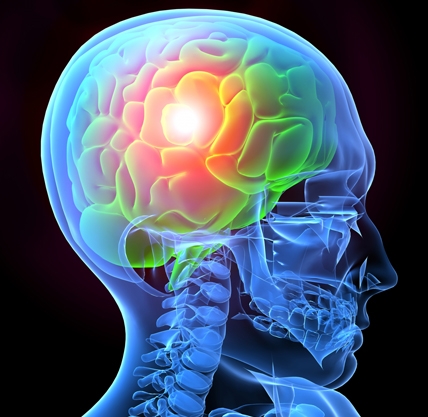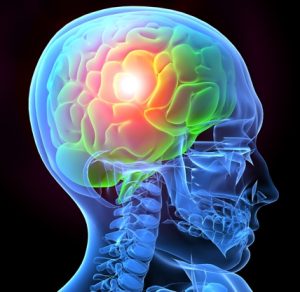
 November is National Epilepsy Awareness Month. About 2 million people in the United States are affected by epilepsy. While the general public may often consider epilepsy a genetic condition, in some cases it can be acquired through trauma.
November is National Epilepsy Awareness Month. About 2 million people in the United States are affected by epilepsy. While the general public may often consider epilepsy a genetic condition, in some cases it can be acquired through trauma.
About 5 percent of epileptic seizures are caused by a traumatic brain injury (TBI), whether it’s in a traffic accident, sports, or warfare. Traffic accidents are the leading cause of traumatic brain injuries. In fact, one study found that 44 percent of TBIs are associated with traffic accidents. About 15 percent of adults and 30 percent of children who suffer a severe brain injury develop epilepsy.
Head trauma is defined as severe when the person loses consciousness, experiences amnesia for more than a day, or there is internal bleeding in or around the brain.
Doctors place post-traumatic brain injury seizures into one of two categories. If the seizure occurs within the first week after the injury, it is considered an early seizure. After that period, they are considered late seizures. Early seizures usually pass uneventfully. While they are considered a risk factor for epilepsy, only late seizures are considered to be epilepsy.
Symptoms of Traumatic Brain Injuries
If you’ve been in a significant traffic accident, it’s only common sense that you get checked by your doctor for injuries, visible or internal. However, it’s still a good idea to know the potential symptoms of a traumatic brain injury.
Trauma to the head can cause problems, such as migraine headaches, dizziness, problems with concentrating and memory, and mood swings. These symptoms may persist for months, or in worst case scenarios, remain for a lifetime.
Seizures can take place in the days right after the injury occurred, or not show up until months later. If you fear you may have experienced a traumatic brain injury, first see your doctor for proper diagnosis, then consider your legal rights in the matter.